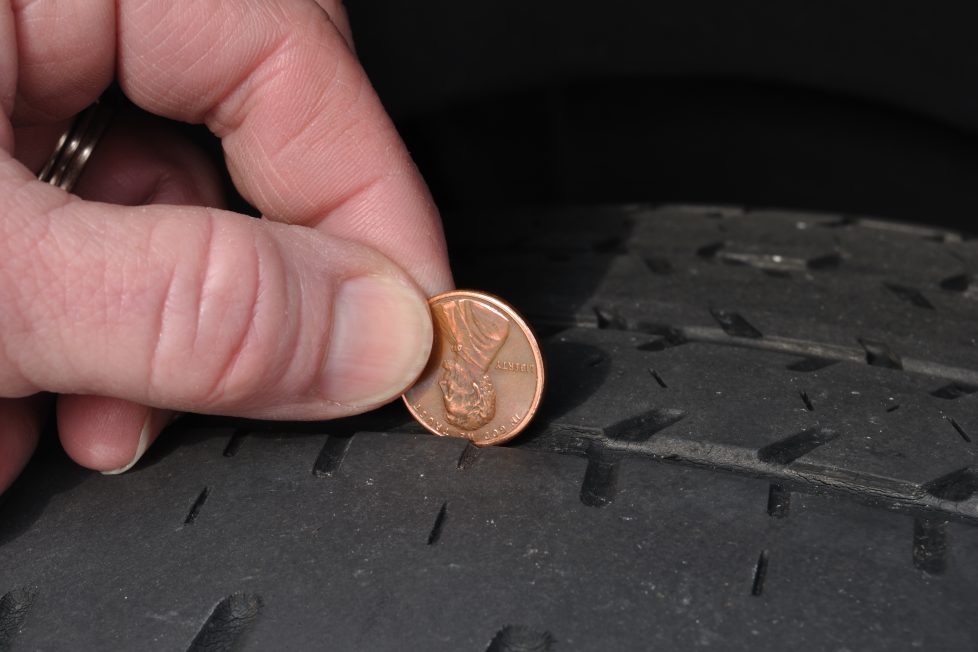Know When Your Car Tyres Need Replacement

Tyres are one important part of a vehicle as they are the ones which stay in contact with the road. This very fact makes it a necessity to take care of them. Tyres get damaged with regular usage. There could be many possible reasons resulting in the wear of the tyres. Improper wheel alignment, rough driving, incorrect tyre inflation and poor road surfacing can easily cause the wear and tear. So, there definitely comes a time when they need to be replaced by the new ones. But, not everyone knows the correct time when it needs to be done. Here are the things that can help you know when your tyres need to be replaced.
Even if it doesn’t seem necessary, the old tyres still must be replaced. It doesn’t matter if the distance driven is low or the tyres have not been used at all. With time, the rubber loses its strength and gets deteriorated. You can know about how old a tyre is by reading the date stamped on the sidewalls. Generally, a tyre could last for five years. But, if any one of the tyre needs to replaced, you must always go for a full set. Replacing only one or two tyres could result in decreased performance. Buying a full set could be expensive, so you can do a price comparison before getting the new ones.
If you feel that your car fails to drive in a straight line, it might be a cause of worry. Reasons like improper wheel alignment and balance could cause this. A damaged axel could also be a possible cause. But, it might also be a possibility that there is a need to replace the tyres. You can get your wheel alignment and axels checked by a mechanic and get everything repaired, in case there is a need. If the car doesn’t drive in a straight line even after this, then there surely is a need to replace the tyres.
You must keep a check on the tread depth of the tyres. Treads are the ones that help in a better grip on the wet surfaces. Braking distance and a better handling, it all depends on the treads. As the treads wear out, the breaking distance increases with it. To maintain an optimum braking distance, the treads should at least be at 3mm. You can check the tread depth using a tread depth indicator. You can even go for the old coin technique to check the treads. If the tread depth is not enough, then you definitely should get the tyres replaced.
Sometimes, there is a possibility that a tyre gets damaged after some sudden impacts. A pothole or any other object on the road might result in cuts, lumps or bumps. Some emergency actions like hard and heavy braking too could damage a tyre. Heavy braking could result in a ‘flat spot’ on the tyre. If your tyres seem to have any of these symptoms, then you must get your tyres checked. A tyre specialist could help you with that.
